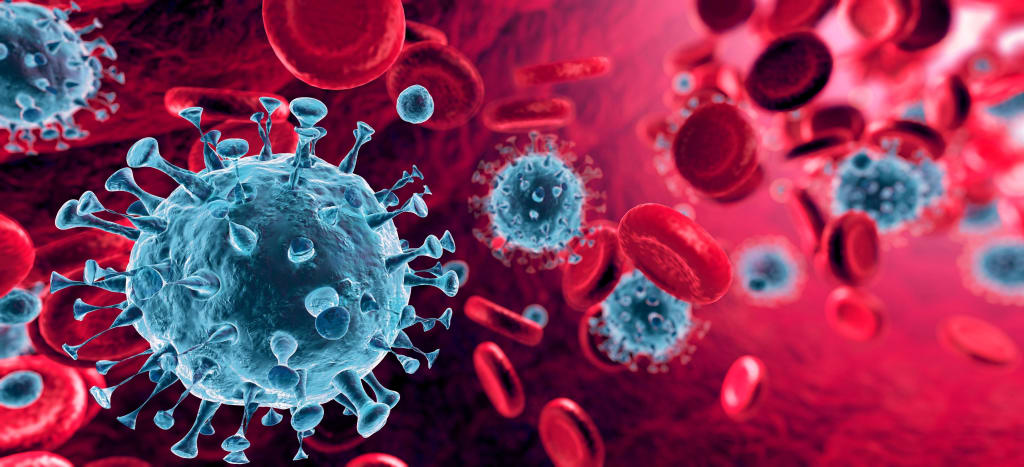On the Rarity of Highly Virulent Human Pathogens
Optimal Virulence to the Rescue

Author's note: Confirmed reports of highly pathogenic avian influenza in dairy herds and unconfirmed reports of humans working closely with said cattle showing symptoms of the flu have me more then a little uneasy today. Working on another story to publish shortly with more on that however it got me thinking about optimal virulence and an article I had published many years ago on the topic. When I searched for it I could not find that I had ever published here on Vocal so presenting it now here again for the first time. I was thinking a lot about computer viruses at the time so that is a big part of the discussion.
It may not seem like it if you get most/all of your information from the news media but in reality highly virulent and lethal human pathogens are extremely rare. Outbreaks of disease from these rare organism are even more rare. If you are a curious person you might ask yourself why this is the case. Why are highly pathogenic viruses and bacteria so rare, why do they inflict so little actual damage given their inherent lethality, why aren’t there more outbreaks of them and, and why aren’t there more of them in general? The answer to each of those questions is really very simple, because extreme lethality in humans (or any host organism) is about the worst trait any given pathogenic microbe can have if it wants to survive and reproduce to continue to propagate its gene pool. This is essentially the concept of optimal virulence. Very simply optimal virulence says that there exists an equilibrium position at which point the pathogens fitness (ability to propogate its gene pool) is optimized, any further movement to higher virulence results in a reduction in fitness and so is selected against by evolutionary forces.
Host killing is actively and relentlessly selected against by evolution/natural selection. A dead host doesn’t move around to help spread the microbe’s genes across a diverse geographic area disease. A dead host doesn’t sneeze or poop or kiss or fuck to spread the microbe to others in the vicinity. A dead host doesn’t eat or drink so it can’t spread the microbe by getting sick from eating or drinking and it can’t transmit the microbe to new food or water sources to infect others.
The question I have been thinking about is if the same constraints that limit the spread of highly virulent and lethal pathogens will apply in the case of computer “pathogens” (viruses/worms, etc.). Can we take some comfort in the thought highly virulent computer viruses will necessarily be limited in scope because they too will be selected against in some fashion analogous to the natural selection/evolution limits the spread of lethal biological pathogens. In my view it is a category error to suggest that evolution/natural selection might apply to non-living systems like computers. That said a concept like optimal virulence (modified for computer systems) might still apply.
My own personal view is that it will apply and there will be a self limiting fitness factor selecting against the spread of highly lethal (total destruction and/or incapacitation of computer systems including the total loss of internet connectivity and computer to computer connectivity of any sort) computer pathogens for the similar reasons as to those stated for biological pathogens. Complete destruction of the host renders that host unable to be a further propagator of the pathogen making it functionally useless from the perspective of the pathogen. Of course for this argument to hold one must agree that a computer pathogen has the same “desire” for survival as a biological one. The same “drive” to reproduce itself. Certainly one could argue that there is no reason any given computer virus would have to be programmed in such a manner and in fact could be programmed to “not care” about its own “reproduction” or long term survival. My counter would be to say fine, but that sort of design would not be a very effective pathogen and thus would be self limiting in terms of its destructiveness anyway and not a cause for major concern to begin with.
About the Creator
Everyday Junglist
Practicing mage of the natural sciences (Ph.D. micro/mol bio), Thought middle manager, Everyday Junglist, Boulderer, Cat lover, No tie shoelace user, Humorist, Argan oil aficionado. Occasional LinkedIn & Facebook user






Comments
There are no comments for this story
Be the first to respond and start the conversation.